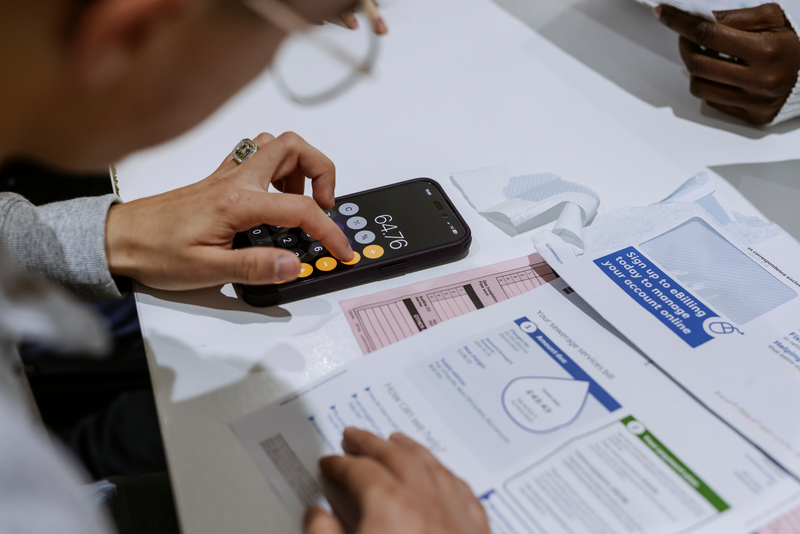As the UK grapples with the worst cost-of-living crisis in decades, a new study has shed light on household spending habits.
The University of Portsmouth led research examined data from the Office for National Statistics (ONS) to track spending trends from 1985 to 2019.
Using both cross-section and time-series data from the Family Spending workbooks and the Consumer Trends publication, the researchers identified 28 categories of non-essential spending, also known as ‘discretionary’. These included: clothes and shoes; furniture and furnishings; alcohol; air travel; games, toys and hobbies; sports equipment; audio-visual and computing equipment.
Categories which were identified as essential expenditure included: food and non-alcoholic drinks; car and rail travel; recreational and sporting services; books and stationery; and restaurants and cafes.
They found the average home spent 20 per cent of their income on non-essential goods and services during the 34-year period. The figure increased along with disposable income, from 14 per cent in 1985 to 25 per cent in 2019.
With rising prices and stagnant incomes, households face the daunting task of deciding which goods and services are essential and non-essential.
Lead author Dr Robert Gausden, University of Portsmouth’s School of Accounting, Economics and Finance
Lead author, Dr Robert Gausden from the University of Portsmouth’s School of Accounting, Economics and Finance, said: “With rising prices and stagnant incomes, households face the daunting task of deciding which goods and services are essential and non-essential.
“Some of our findings were expected, but there were a few which surprised us. For example, neither spending on cars nor that in restaurants and cafes was ultimately regarded as non-essential. If you live in a remote, rural area then expenditure on a car may be necessary to help you get around, whereas in an urban, city area it may not. So, whether something is essential often depends on the individual and their environment.
“The purpose of the study was to adopt an objective, empirical approach towards producing a series on UK discretionary household spending.”
On the basis of the data analysis, 28 categories of expenditure on goods and services within Consumer Trends qualified as being non-essential.
The new paper, published in Applied Economics, concludes that spending on, for example, alcohol, clothing, footwear, air transport, computers, games and recreational goods is non-essential or luxury. However, it respects the interpretations may not be the same for all households. Also, it highlights the fluid nature of what people consider to be essential and non-essential spending over time.
“The categorisation of an expenditure may alter on account of changes in individual needs and tastes, or even advances in technology”, explained Dr Gausden.
“When laptop computers were first made available for sale, they were a luxury for an elite group of consumers. However, as time has progressed, these goods have become more affordable and are regarded as fundamental for most work activities and receiving an adequate education.”
The study shows a benefit of focusing upon discretionary household expenditure as this is shown to enjoy a relatively strong and stable relationship with consumer confidence, in comparison to the more traditional types of consumption, i.e. spending on durable goods, semi-durable goods, non-durable goods, and services.
Having generated a time series on UK non-essential household spending, this was observed to fluctuate to a greater extent than total spending, with more prominent falls happening during economic downturns. The researchers say the findings will have far-reaching implications for policymakers, economists, and retailers.
“Understanding the drivers of household spending is essential for planning effective economic policies and mitigating the impact of inflation,” explained Dr Gausden.
“For instance, our analysis could help predict when decision-makers need to introduce ways to reduce demand for goods and services – like increasing taxes – to prevent the economy from overheating. This preventative rather than reactive approach would be incredibly valuable. The data could also help determine how welfare payments should be adjusted over time.”
The UK economy is currently experiencing levels of price inflation that have not been witnessed for four decades. In the 12 months to October 2022, the Consumer Price Index rose by 11.1 per cent, a rate which was last exceeded in October 1981.

